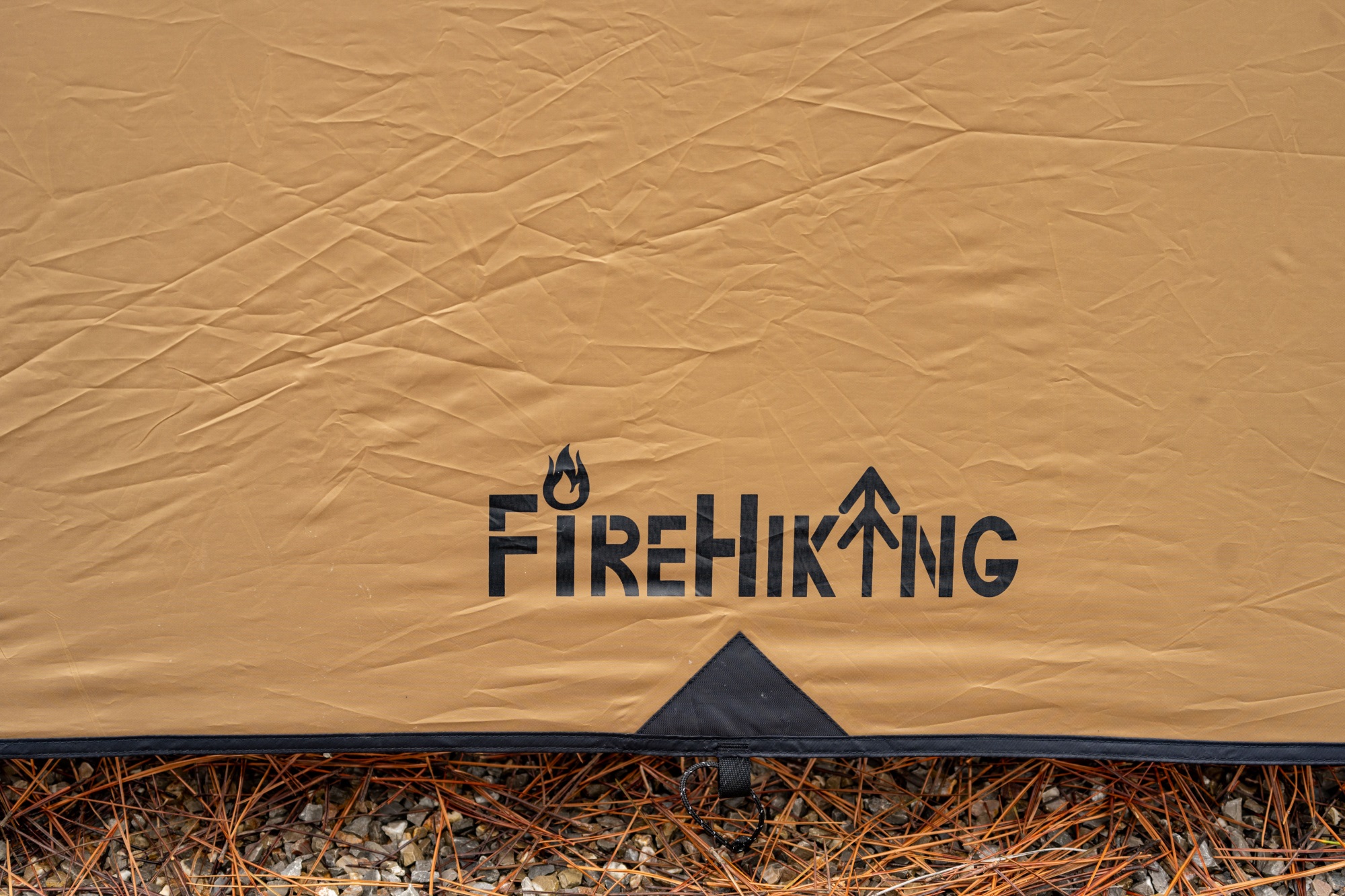6 Tips for Reducing Condensation in Your Tent
Introduction
Condensation can be a common issue when camping, especially in colder or humid environments. It can lead to a damp and uncomfortable sleeping area, potentially ruining your camping experience. However, with the right precautions and knowledge, you can significantly reduce condensation in your tent. In this article, we will provide six valuable tips to help you minimize condensation and keep your camping adventures enjoyable and dry.
1. Choose the Right Tent
The type and design of your tent can play a crucial role in minimizing condensation. Consider the following factors when selecting a tent:
- Opt for a double-wall tent: Double-wall tents consist of an inner tent and an outer rainfly. The gap between these layers helps to reduce condensation by providing better airflow.
- Look for a tent with good ventilation features: Tents with mesh panels, vents, or adjustable rainflys allow for improved airflow, helping to prevent condensation buildup.
- Consider a tent with a bathtub floor: A bathtub-style floor is raised at the edges, preventing water from seeping in during rainy conditions, which can contribute to condensation issues.
2. Manage Ventilation
Proper ventilation is essential for reducing condensation inside your tent. Follow these tips to improve airflow:
- Partially open tent doors and windows: Even in colder weather, leaving a small gap in your tent doors and windows can help maintain airflow and reduce condensation.
- Utilize vents and mesh panels: Take advantage of any built-in vents and mesh panels in your tent. These features promote air circulation and prevent moisture buildup.
- Position your tent strategically: Choose a campsite with good natural airflow, such as an open area or a spot with a gentle breeze, to aid in ventilation.
3. Use Proper Insulation
Insulating your tent properly can help regulate temperature and minimize condensation. Consider the following insulation techniques:
- Use a groundsheet or footprint: Placing a groundsheet or a specialized footprint beneath your tent can provide an extra layer of insulation and protect the tent floor from moisture.
- Add a tent carpet or rugs: Soft materials like tent carpets or rugs can help insulate the floor of your tent, reducing the transfer of cold from the ground and minimizing condensation.
- Consider using a thermal liner: Some tents offer thermal liners that can help regulate temperature and reduce condensation. These liners can be especially beneficial in cold weather camping.
4. Manage Moisture Sources
Reducing moisture sources within your tent can significantly impact condensation levels. Follow these guidelines:
- Keep wet gear outside: Store wet items, such as rain-soaked clothes or muddy boots, away from the inside of your tent. Use a vestibule or designated area to keep them separate and prevent additional moisture buildup.
- Limit cooking inside the tent: Cooking releases moisture into the air, contributing to condensation. Whenever possible, cook outside the tent or use a well-ventilated cooking shelter.
- Wipe down tent surfaces: In the morning, use a cloth or towel to wipe off any condensation that has formed on the inner walls or rainfly of your tent.
5. Timing and Location
Choosing the right timing and location for your camping trip can help reduce condensation-related issues:
- Opt for drier seasons: If possible, plan your camping trips during drier seasons or when the humidity levels are lower. This can help minimize condensation inside the tent.
- Avoid camping near bodies of water: Campsites near lakes, rivers, or other water sources tend tohave higher humidity levels, increasing the likelihood of condensation. Choose a location further away from these sources to reduce moisture in the air.
- Consider elevation: Higher elevation areas often have lower humidity levels. If feasible, camping at higher altitudes can help decrease condensation inside your tent.
6. Proper Tent Care
Taking care of your tent and implementing good maintenance practices can contribute to reducing condensation. Follow these care tips:
- Set up your tent correctly: Ensure your tent is properly pitched, with the rainfly securely attached. A well-pitched tent allows for better airflow and reduces the potential for condensation buildup.
- Seal seams and waterproof your tent: Before your camping trip, check the seams of your tent and apply seam sealer if necessary. Also, make sure your tent's rainfly is waterproof to prevent moisture from entering.
- Store your tent properly: After each camping trip, clean and dry your tent thoroughly before storing it. Avoid packing a wet or damp tent, as this can lead to mold and mildew growth, which can contribute to condensation issues.
Conclusion
By implementing these six tips for reducing condensation in your tent, you can create a more comfortable and enjoyable camping experience. Remember to choose the right tent with good ventilation, manage airflow, insulate properly, and be mindful of moisture sources. Additionally, consider the timing and location of your camping trip, as well as proper tent care. With these precautions in place, you can significantly minimize condensation and keep your tent dry, ensuring a pleasant camping adventure.
- Company Infomation
- About us
- FireHiking Story
- Contact Us
- Notice
- Blog
- Company Policies
- Payment Policy
- Return&Refund Policy
- Shipping Policy
- Privacy Policy
- Intellectual Property Rights
- Become Affiliate
- Terms Of Use
- Terms of Use
- User Center
- Forget Password
- My Orders
- Tracking Order
- My Account
- Register

